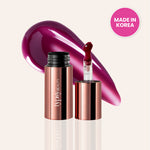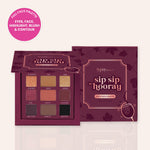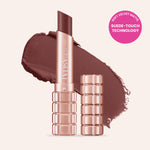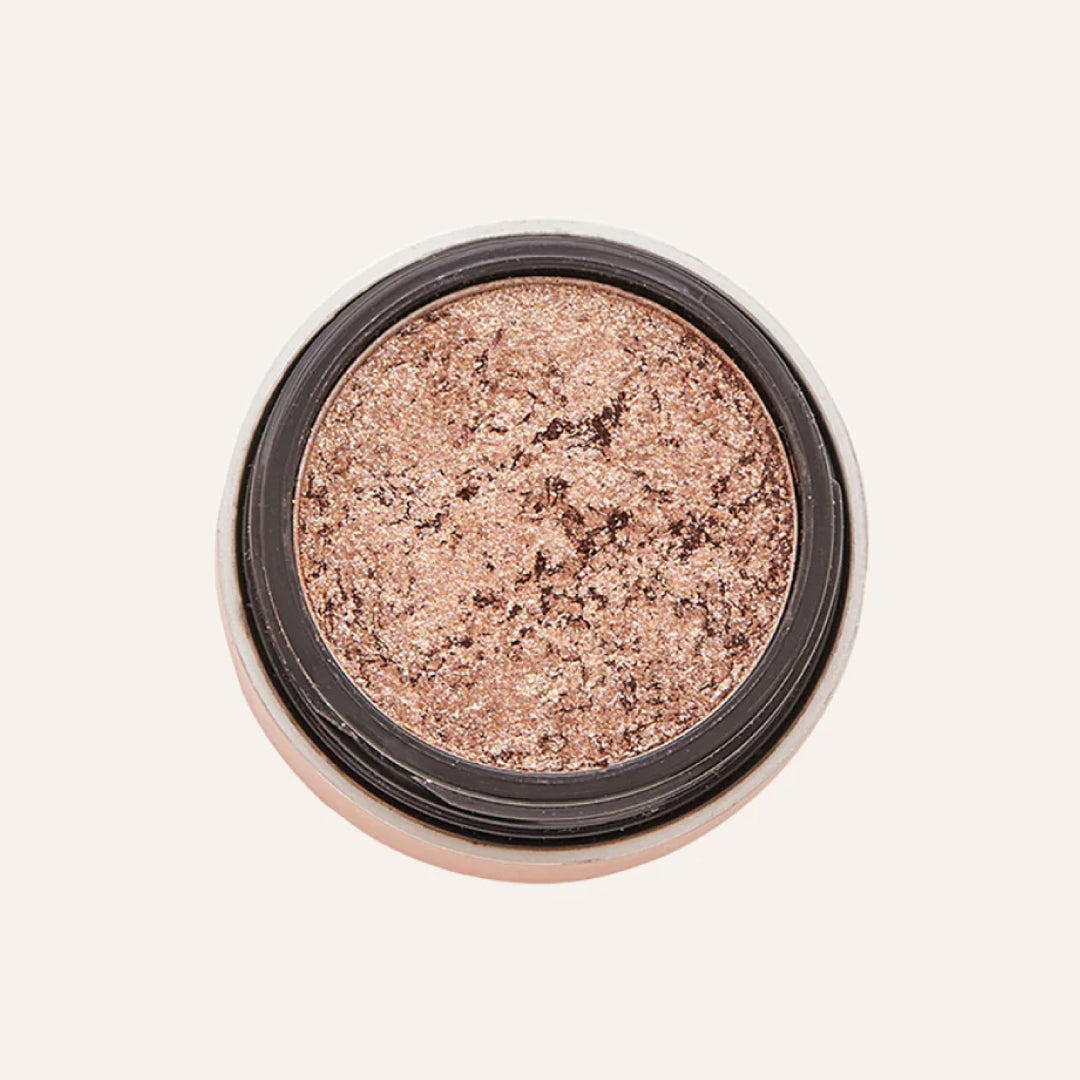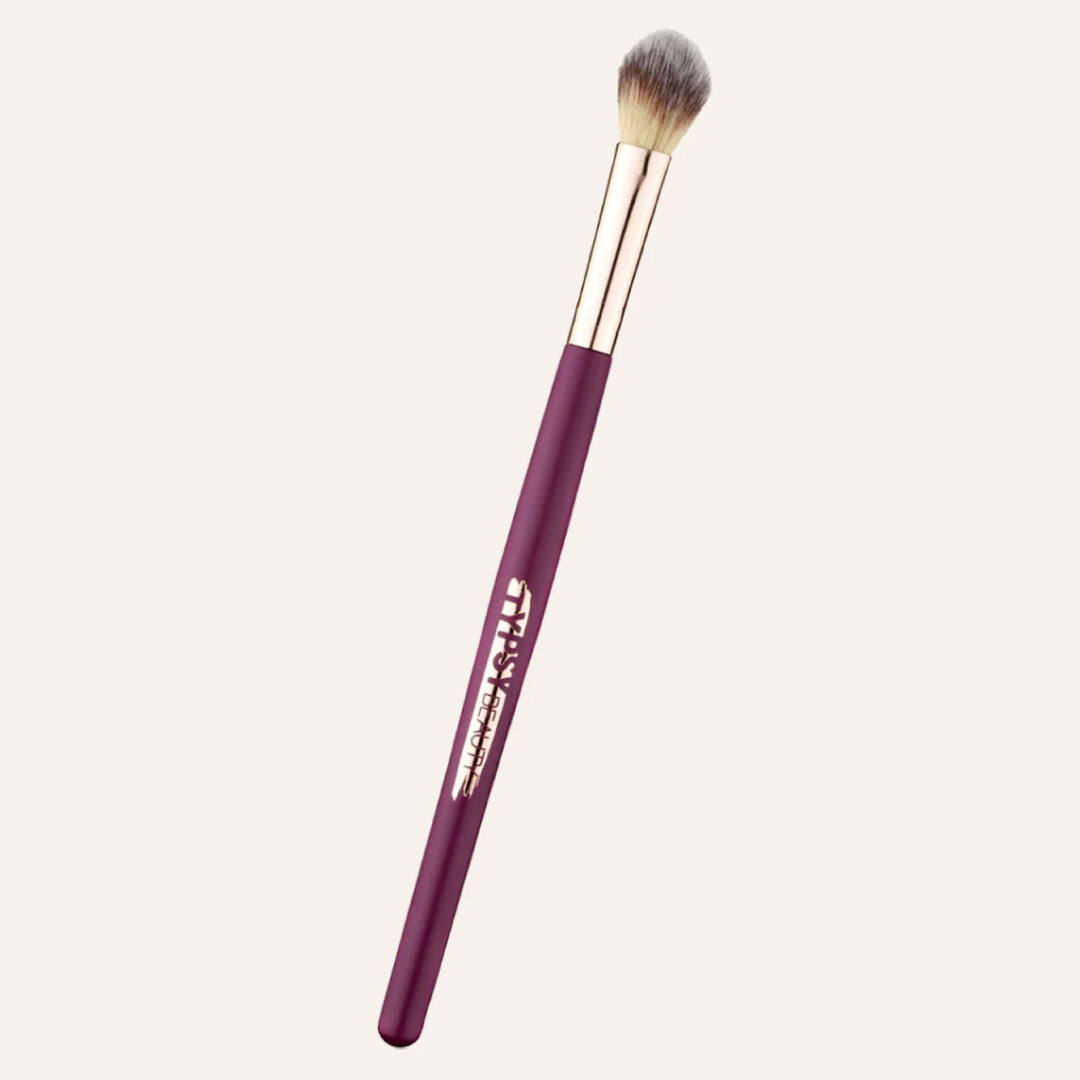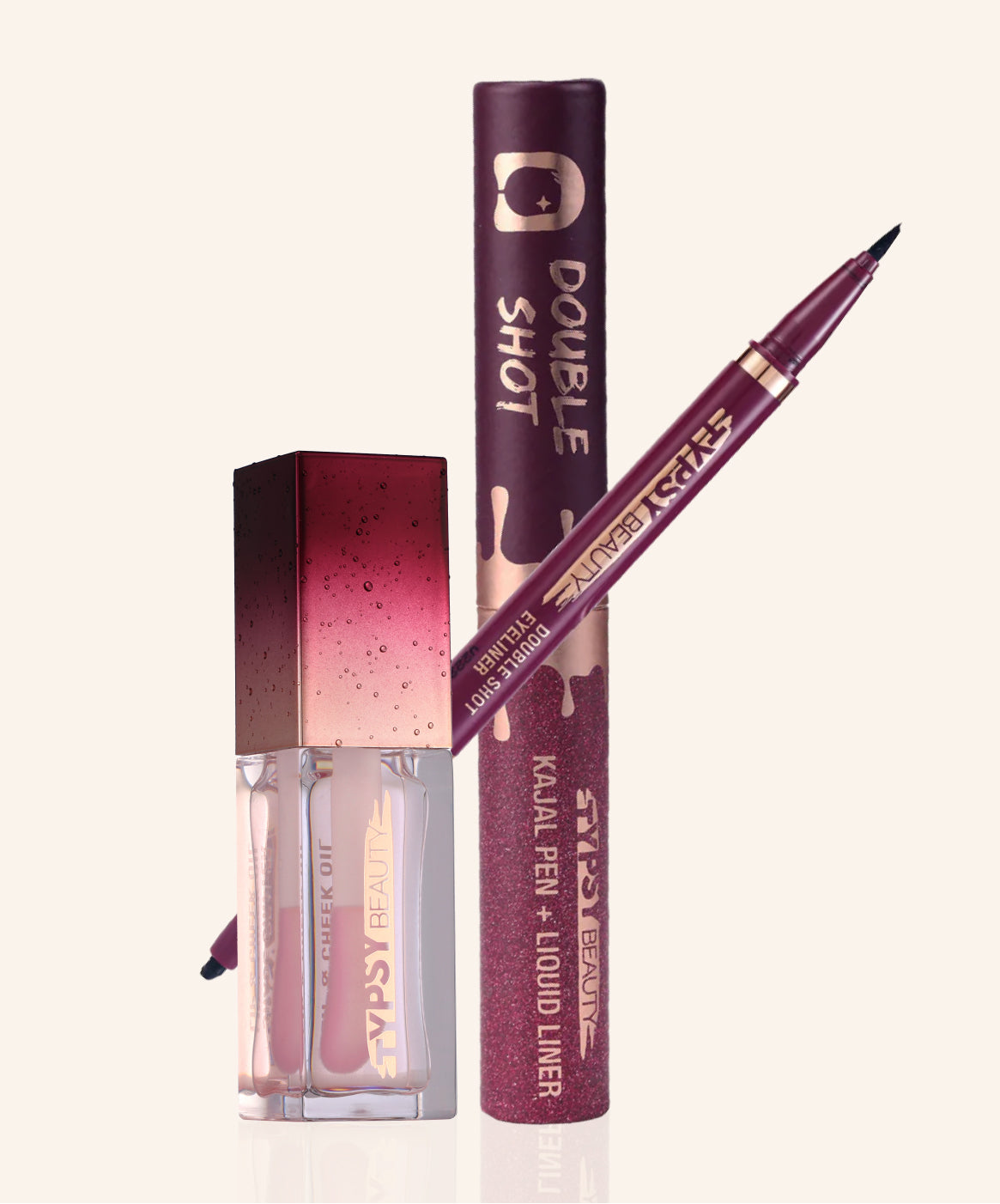- Welcome Offer: Get 10% off with code TYPSY
- Buy More, Save More | Upto20% off, Use Code: TYPSYTREAT
- Welcome Offer: Get 10% off with code TYPSY
- Buy More, Save More | Upto20% off, Use Code: TYPSYTREAT
- Welcome Offer: Get 10% off with code TYPSY
- Buy More, Save More | Upto20% off, Use Code: TYPSYTREAT
- Welcome Offer: Get 10% off with code TYPSY
- Buy More, Save More | Upto20% off, Use Code: TYPSYTREAT
- Welcome Offer: Get 10% off with code TYPSY
- Buy More, Save More | Upto20% off, Use Code: TYPSYTREAT
- Welcome Offer: Get 10% off with code TYPSY
- Buy More, Save More | Upto20% off, Use Code: TYPSYTREAT
Best Foundations and Concealers for Fair Skin
Maya Deiss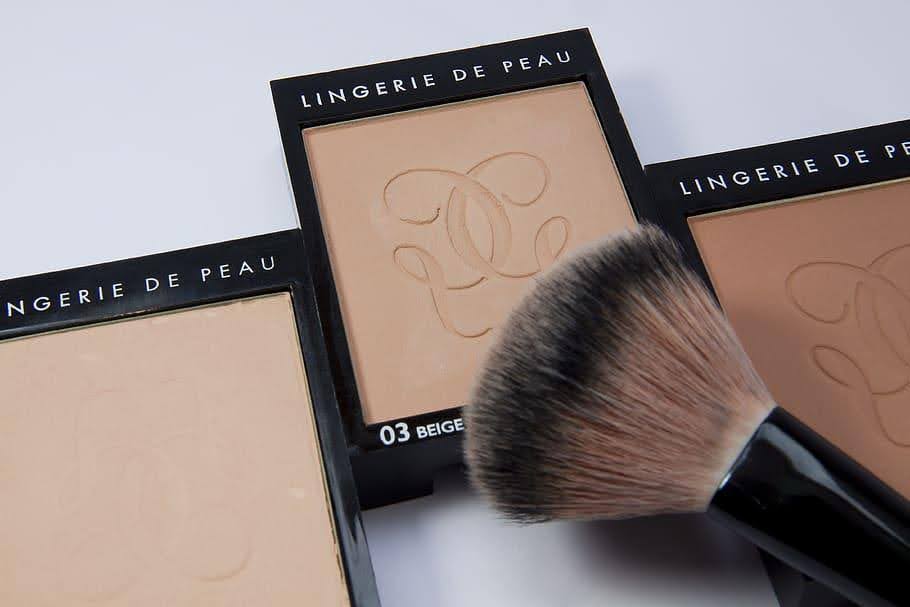
The best way to find the best foundations and concealers is to know your skin first
Before browsing through countless products, take time to ask yourself these two important questions
What is your skin type?
What is your undertone?
How to Determine Your Skin Undertone: A Precise Guide
Finding your exact skin undertone doesn't need to be complicated. Here are the most accurate methods to determine whether you have warm, cool, neutral, or olive undertones.
The Vein Test
Examine the veins on your inner wrist in natural daylight:
- Warm undertones: Veins appear greenish
- Cool undertones: Veins look blue or purple
- Neutral undertones: Veins seem colorless or match your skin tone
- Olive undertones: Veins may have a strong greenish tint
The Jewelry Test
Notice which metals look most flattering against your skin:
- Warm undertones: Gold jewelry enhances your complexion
- Cool undertones: Silver, platinum, or rose gold looks better on you
- Neutral undertones: Both gold and silver look equally good
- Olive undertones: You might prefer muted versions of gold and silver
The White Paper Test
Hold a bright white paper against your bare face in natural light:
- Warm undertones: Your skin appears yellowish or peachy
- Cool undertones: Your skin looks pink or rosy
- Neutral undertones: No significant color difference is visible
- Olive undertones: You might notice a greenish cast to your skin
The Sun Exposure Test
Consider how your skin reacts to sun exposure:
- Warm undertones: You tan easily and rarely burn
- Cool undertones: You burn easily and tan minimally
- Neutral undertones: You might burn first, then tan gradually
- Olive undertones: You typically tan easily, especially with darker olive skin
The Clothing Test
Observe how different colors look against your skin:
- Warm undertones: Earth tones like off-whites, oranges, and yellows look better
- Cool undertones: True white, black, and jewel tones are more flattering
- Neutral undertones: You can wear both warm and cool colors equally well
- Olive undertones: Results vary, but many olive-toned people look good in muted colors.
Remember that your undertone remains constant regardless of how your skin tone may change with the seasons. For the most accurate results, perform these tests in natural daylight and consider the results from multiple tests rather than relying on just one method.
If you're still uncertain after trying these tests, consider visiting a dermatologist and getting your skin checked deeply.
Having fair skin often means walking a fine line between brightening your complexion and avoiding that chalky, mismatched look. Finding the right foundation for fair skin and the perfect concealer to go with it can feel overwhelming, especially when shades either look too orange or too pale. But it becomes a lot simpler once you understand your undertone and pick the right textures.
Common Foundation and Concealer Problems for Fair Skin (And Easy Fixes)
1. Foundation Looks Too Orange or Too Pale
Problem: Most foundations oxidize or just aren’t made with fair tones in mind.
Solution: Check your undertone cool, warm, or neutral—and match it to the product label. Swatch along your jawline, not your hand, for better accuracy. Stick to formulas that mention “porcelain,” “ivory,” or have a shade range with undertone filters.
When you start using products that work with your skin’s undertone, matching foundation becomes way less frustrating and way more consistent. This refers to whether your skin has cool (pink), warm (yellow), or neutral undertones. Fair skin is especially sensitive to the wrong undertone, which can make products look too orange, grey, or washed out.
Tip: Knowing your undertone is step one to making your makeup look seamless.
2. Concealer Turns Grey or Cakey
Problem: Concealers made for medium tones often turn ashy on fair skin.
Solution: Choose a concealer just one shade lighter than your foundation for brightening. Go for hydrating or satin formulas over mattes to avoid creasing. Use a damp beauty sponge to blend seamlessly without lifting your base.
Getting concealer right isn’t hard, it’s just about knowing how much is enough and choosing the right texture. Stick with light layers, and it becomes second nature. To get that natural look while having a seamless base, do scroll through typsy beauty concealers for fair skin to go well with your foundation without leaving a grey undertone.
3. Base Makeup Doesn’t Last All Day
Problem: Fair skin tends to show product breakdown more noticeably.
Solution: Start with a smoothing primer to grip foundation. Set only the areas that tend to get oily with translucent powder. Use a setting spray to lock in hydration and finish the look.
Fair complexions can hold onto foundation beautifully once the base is prepped right, so don’t skip those primer and powder steps. Once your base matches properly, you don’t feel like you're “masking” your face. Instead, you're lightly evening out skin tone and highlighting natural beauty, enhancing what’s already there.
Tip: Applying foundation and concealer becomes less about covering and more about enhancing.
4. Product Oxidizes and Darkens on Skin
Problem: Some formulas react to air and oils, making the fair foundation look orange.
Solution: Swatch products and wait 15–30 minutes before deciding on a shade. Look for labels that mention “non-oxidizing” or “true-to-tone.” Use oil-free moisturizers underneath to control interactions. Oxidation doesn’t have to ruin your makeup. A little patience while testing shades can save a lot of trial-and-error.
5. Flashback in Photos
Problem: High-SPF products or wrong powders leave a white cast in flash photography.
Solution: Avoid silica-heavy powders for events with photography. Opt for HD powders and foundations designed for flash. Apply powder lightly and blend well, especially under the eyes and T-zone.
Once you know what causes flashbacks, you can avoid them easily. Just being mindful of ingredients makes your skin photo-ready every time.
6. Difficulty Finding Shades That Match Fair Skin
Problem: Many brands skip over ultra-light or in-between tones.
Solution: Look for inclusive ranges that mention “fair” or “light” in multiple shades. Brands like Typsy Beauty offer intentional shade tones with undertone-specific matches. Consider mixing two close shades if your perfect match isn’t available.
Tip: The key is to be a little strategic. Once you find a brand that respects lighter complexions, your makeup will feel less like a compromise.
Tips To Do Base Makeup for Fair Skin
- Start with a moisturized face so your base glides on evenly.
-
If your skin leans pink, avoid foundations with yellow or golden tones.
-
Mix a drop of moisturizer or liquid highlighter with foundation for a more natural finish.
-
Use concealer sparingly under the eyes and blend outward.
-
Spot-correct blemishes with a brush rather than layering full-coverage foundation all over.
Typsy Beauty: Supporting Fair Skin with Thoughtful Formulas
When it comes to makeup that celebrates every skin tone, Typsy Beauty stands out by offering intentional, well-balanced products made for all complexions, including fair. Whether you’re new to base makeup or trying to perfect your current routine, the brand’s collection features lightweight, buildable formulas used in their concealers that give you coverage without looking heavy.
Check out Typsy Beauty's hangover concealer range and feel confident knowing you're picking from products that genuinely work with fair skin makeup needs.
Also, check our other products like blush, liner eye shadows, and products that will go well on a fair complexion: Typsy Beauty
Key Takeaways
→Always swatch foundation along your jawline—not your wrist—for better accuracy.
→Stick to shades that match your undertone: cool, warm, or neutral.
→Hydrating concealers with satin finishes are ideal for fair skin.
→Products labeled “non-oxidizing” help avoid orange tones throughout the day.
→A smooth primer and light powder go a long way in keeping your base fresh.
→Typsy Beauty offers inclusive formulas that suit fair skin beautifully.
Frequently Asked Questions
Q1: What should I look for when choosing a foundation for fair skin?
Start by identifying your undertone—cool, warm, or neutral.
Swatch along your jawline in natural light to check for a seamless blend.
Choose foundations labeled with terms like “porcelain” or “ivory.”
Avoid formulas that oxidize easily or lean too yellow/orange.
Opt for buildable coverage to prevent a cakey or chalky finish.
Q2: Why does my concealer look grey on fair skin?
A grey cast usually means the shade is too dark or too neutral.
Use a concealer one shade lighter than your foundation with a brightening finish.
Pick hydrating or satin formulas instead of dry mattes.
Apply thin layers and blend using a damp sponge.
Avoid concealers with olive or beige undertones, not suited to fair skin.
Q3: How can I stop my foundation from turning orange?
This is often caused by oxidation, when the foundation reacts with air or skin oils.
Use oil-free or mattifying skincare before applying makeup.
Let the foundation sit on your skin for 15–30 minutes to test for shade shift.
Look for products labeled “non-oxidizing” or “long-wear true tone.”
Always patch-test a new formula before committing.
Q4: What causes flashbacks in photos with makeup?
Flashback is usually caused by ingredients like titanium dioxide or silica.
Avoid high-SPF products and silica-heavy powders before photography.
Choose HD foundations and setting powders labeled “no flashback.”
Use a light hand with powder, especially under the eyes and T-zone.
Always test your makeup under flash before big events.
Q5: Are there brands that cater specifically to fair skin tones?
Yes, several brands now offer extended shade ranges for fair skin.
Look for those that provide undertone filters (cool, warm, neutral).
Brands like Typsy Beauty, Fenty Beauty, and MAC have fair shades with good balance.
You may need to mix two similar shades for an exact match.
Customer reviews and swatch photos can help confirm compatibility.


